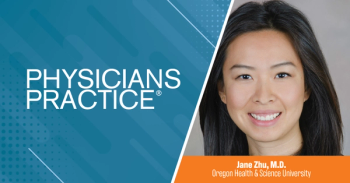
PHI, ePHI, and EHI – Oh my!
There is no time like the present to review these definitions and understand their relation to information blocking
Recently, I was presenting at a conference and posed the question to the audience – “do you know what a designated health record set is and why it is important in medical record requests?”
Most people have neither heard of the term “designated health record set” (DHRS) nor are they familiar with the term electronic health information (EHI) and how it relates to protected health information (PHI), electronic health information (ePHI), and electronic health information (EHI). In light of the October 6, 2022 lifting of the limitation on the scope of EHI, there is no time like the present to review these four (4) definitions and understand their relation to information blocking. The definitions include the following:
- DHRS (
45 CFR 164.524 ) – includes medical records, billing records, payment and claims records, health plan enrollment records, case management records, as well as other records used, in whole or in part, by or for a covered entity to make decisions about individuals. - PHI (
45 CFR § 160.103 ) – means individually identifiable information that is transmitted or maintained in any form that relates to the past, present, or future diagnosis, treatment, and/or payment that connects the patient to a covered entity. Certain exceptions such as education records covered by the Family Educational Rights and Privacy Act apply. - ePHI (45 CFR § 160.103) – means information that comes within paragraphs (1)(i) or (1)(ii) of the definition of protected health information as specified in this section. [Basically, any form of electronic media as defined in this portion of the CFR.]
- EHI(
45 CFR § 171.102 ) - is defined as the electronic protected health information (ePHI) in a designated record set (as defined in the Health Insurance Portability and Accountability Act (HIPAA) regulations) regardless of whether the records are used or maintained by or for a covered entity.
Appreciating these definitions is critical because the above definition of EHI, which includes both ePHI and DHRS is “
Rachel V. Rose, JD, MBA, advises clients on compliance, transactions, government administrative actions, and litigation involving healthcare, cybersecurity, corporate and securities law, as well as False Claims Act and Dodd-Frank whistleblower cases. She also teaches bioethics at Baylor College of Medicine in Houston. Rachel can be reached through her website,
Newsletter
Optimize your practice with the Physicians Practice newsletter, offering management pearls, leadership tips, and business strategies tailored for practice administrators and physicians of any specialty.








